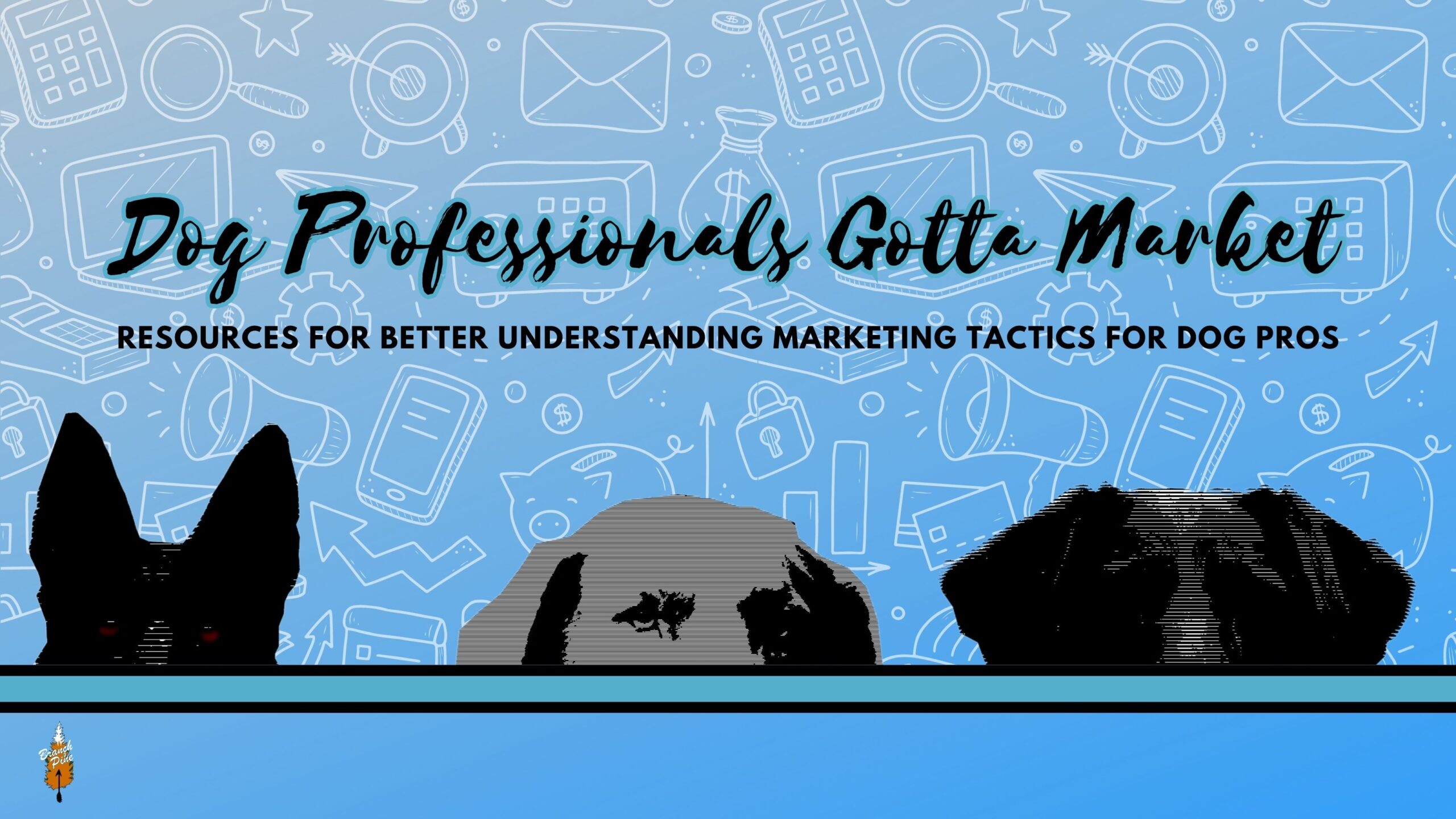Dog Professionals Gotta Market: Resources For Better Understanding Marketing Tactics for Dog Pros As dog professionals, in almost any capacity, we are expected to wear a lot of hats. Sometimes I feel like I am expected to wear All of the Hats. We are often what is known as a soloprenuer, an individual running an entire business. When we have to do everything for our…

